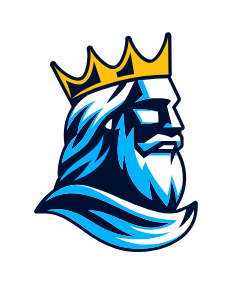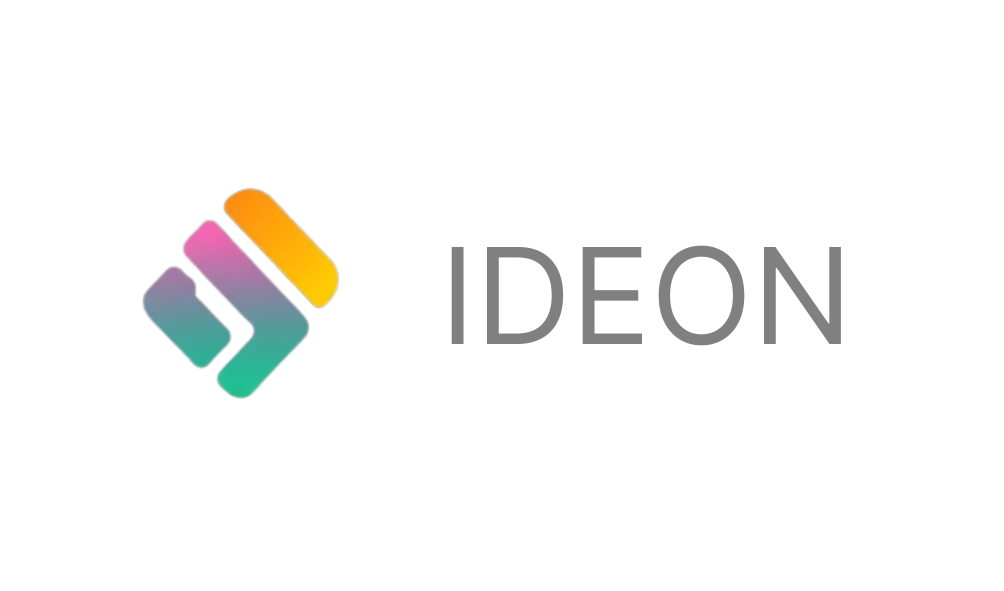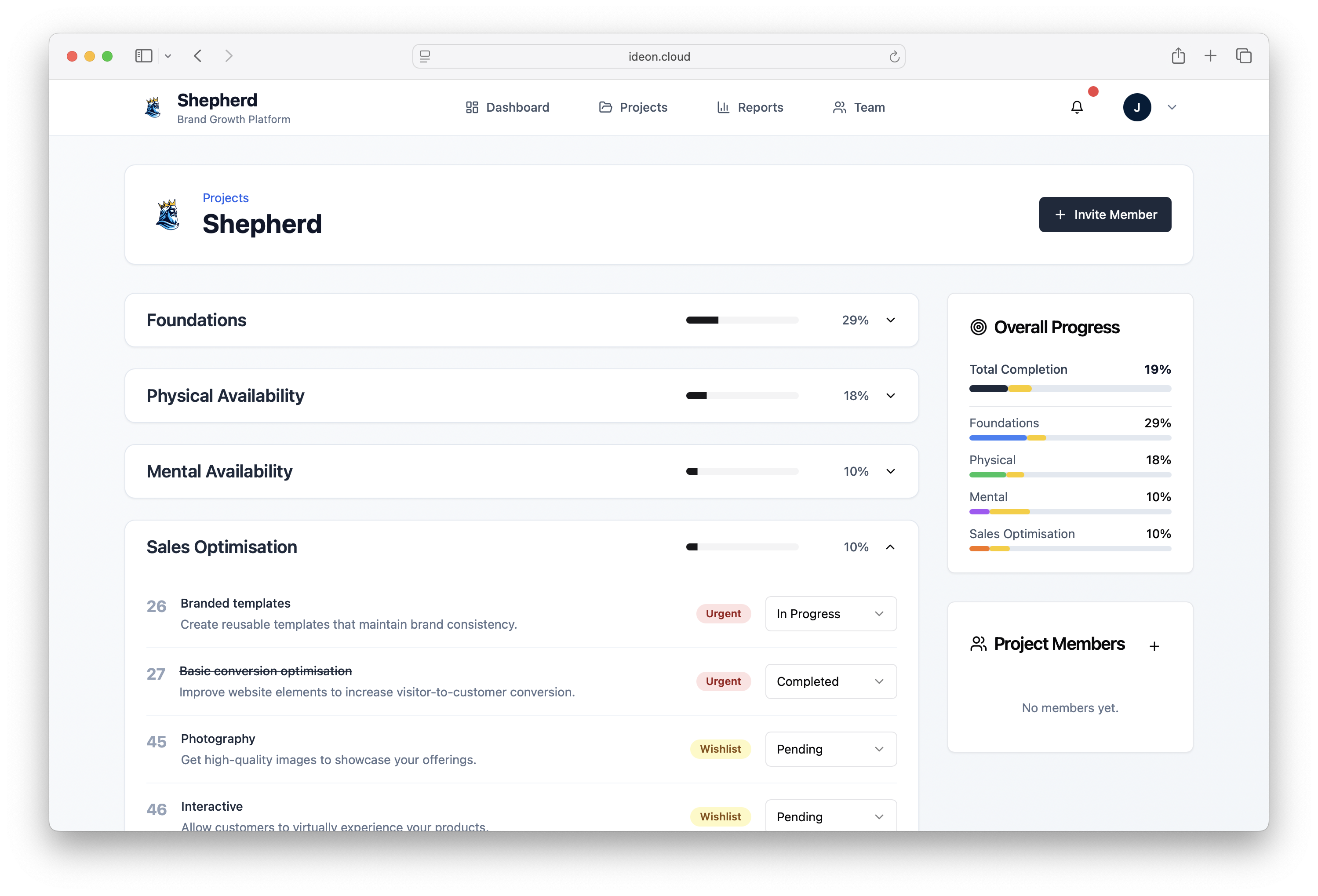The Science Behind IDEON
IDEON applies evidence-based marketing and management science to build brands that are easy to think of and easy to buy — in B2B and B2C.
Growth fundamentals
- Mental & Physical Availability (Byron Sharp; Ehrenberg-Bass): grow by increasing market penetration — make the brand easy to notice, recall, find, and purchase.
- 95:5 Rule (LinkedIn B2B Institute / EBI): most buyers are out of market most of the time; brand building creates future demand by planting memory structures.
- 60:40 Balance (Les Binet & Peter Field): the most effective mix typically blends ~60% brand building with ~40% activation to deliver both short- and long-term sales impact.
- Continuity & 1 OTS (Ephron/Jones “recency” planning): continuous presence with max reach and at least one quality exposure (1 Opportunity-To-See) often beats heavy frequency to a narrow audience.
Distinctive memory assets and buying cues
- Distinctive Brand Assets (Jenni Romaniuk): build, codify, and protect assets (logo, colors, phrases, shapes, characters) so buyers recognize you instantly.
- Category Entry Points (CEPs) (Romaniuk, Better Brand Health): map the situations, needs, and triggers that lead to buying; link your brand to more CEPs to be recalled at the moment of choice.
- Measurement: use mental availability metrics, a Distinctive Asset Grid, and CEP tracking rather than vanity metrics to judge brand health.
Strategy
- Practical Marketing Planning (John Dawes) and Foundations of Marketing (ed. 2) (Byron Sharp): challenge simplistic “generic strategies”; use an evidence-led, adaptive plan anchored in how markets actually behave.
- Resource-Based View (RBV): design strategy around defensible capabilities and assets, then scale availability and distinctiveness around those strengths.
Leadership & culture
- Sustainability & Operations — Integrator Orientation (Pless, Maak & Waldman, 2012): embed purpose and responsibility into strategy, governance, and day-to-day execution so commercial outcomes and stakeholder value reinforce each other.
- People Management — Leader–Member Exchange (LMX) (Graen & Uhl-Bien): improve leader–team relationship quality to raise performance, commitment, and knowledge flow.
In short: IDEON operationalises the laws of growth (availability, distinctiveness, reach) with sound strategy design and the right operating models, so brands compound memory and sales over time.
Who Is Shepherd®
Shepherd® is a full-stack strategist who has led brand, CRM, pricing, and go-to-market work across many categories. Over a decade, one pattern was constant: outcomes improve dramatically when you do the right things in the right order. That insight became the Gap Analysis Framework.


The Gap Analysis Framework (how it works)
- Diagnose the gap — compare current reality to the growth goal using evidence-based benchmarks (availability, distinctiveness, CEP coverage, channel quality, CX frictions).
- Order of operations — sequence actions by prerequisites (e.g., fix product/offer clarity and availability before scaling media; verify tracking before optimization).
- Build once, use many — design assets, systems, and automations that can scale across channels to avoid duplication and rework.
- Measure what matters — track mental availability, CEP salience, asset distinctiveness, and sales response; report simply and act weekly.
Why the order matters
A clear sequence prevents teams from spinning cycles — you don’t buy frequency before you have reach, you don’t scale media before conversion paths work, and you don’t chase loyalty before penetration. Working in order saves time and cost, compounds learnings, and speeds reliable growth.
Experience that shaped it
- Breadth over guesswork: projects spanning rebrands, product launches, CRM and automation builds, SEO and paid media, pricing, and sales enablement — from startups to complex multi-site organizations.
- Hands-on across layers: strategy and execution (brand systems, web + analytics, CRM architecture, campaign orchestration). That “unicorn” depth means fewer hand-offs and faster decisions.
- Principled yet practical: evidence-based frameworks (Sharp, Romaniuk, Dawes, Binet & Field) applied pragmatically to brand, CRM, and go-to-market.

